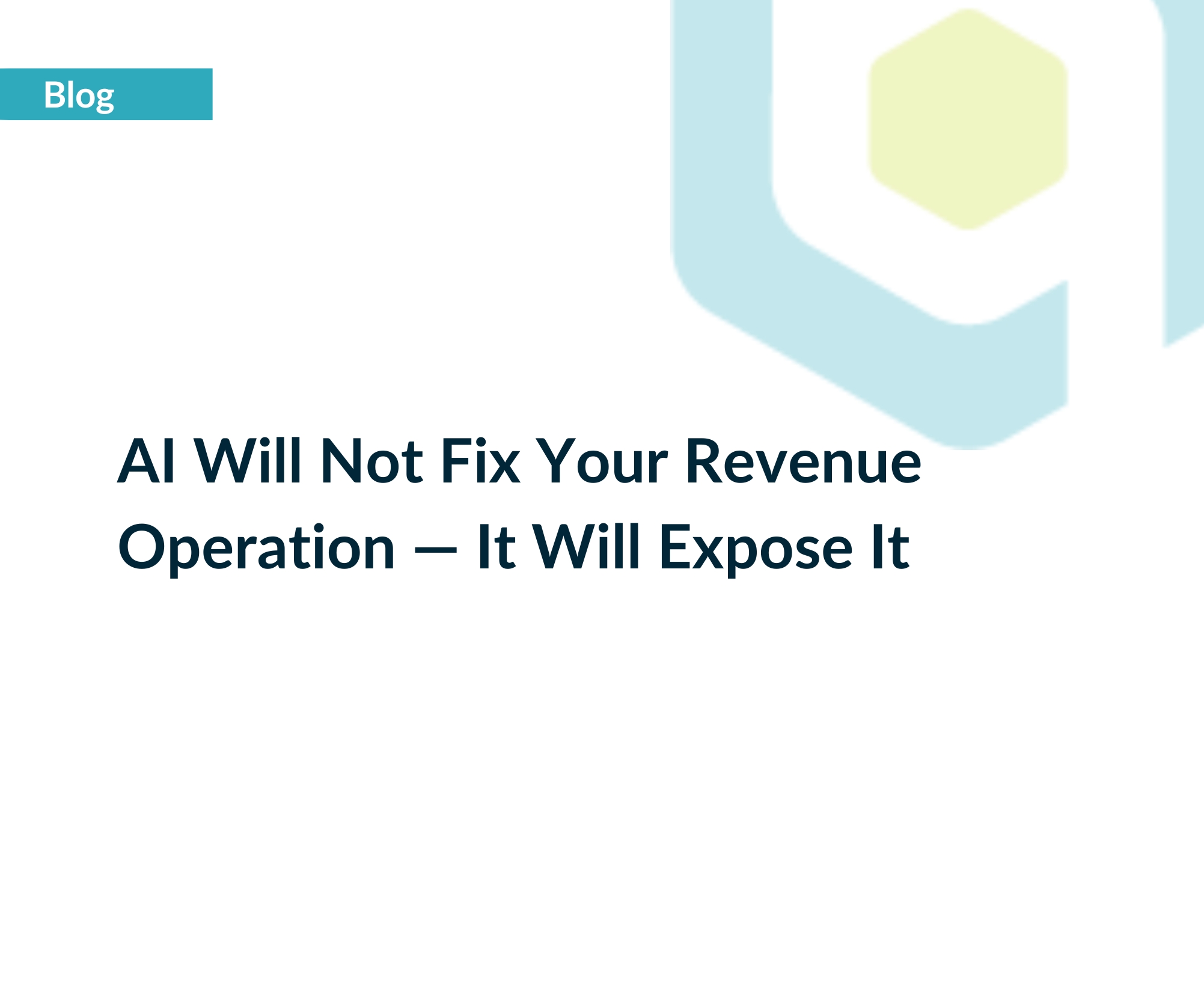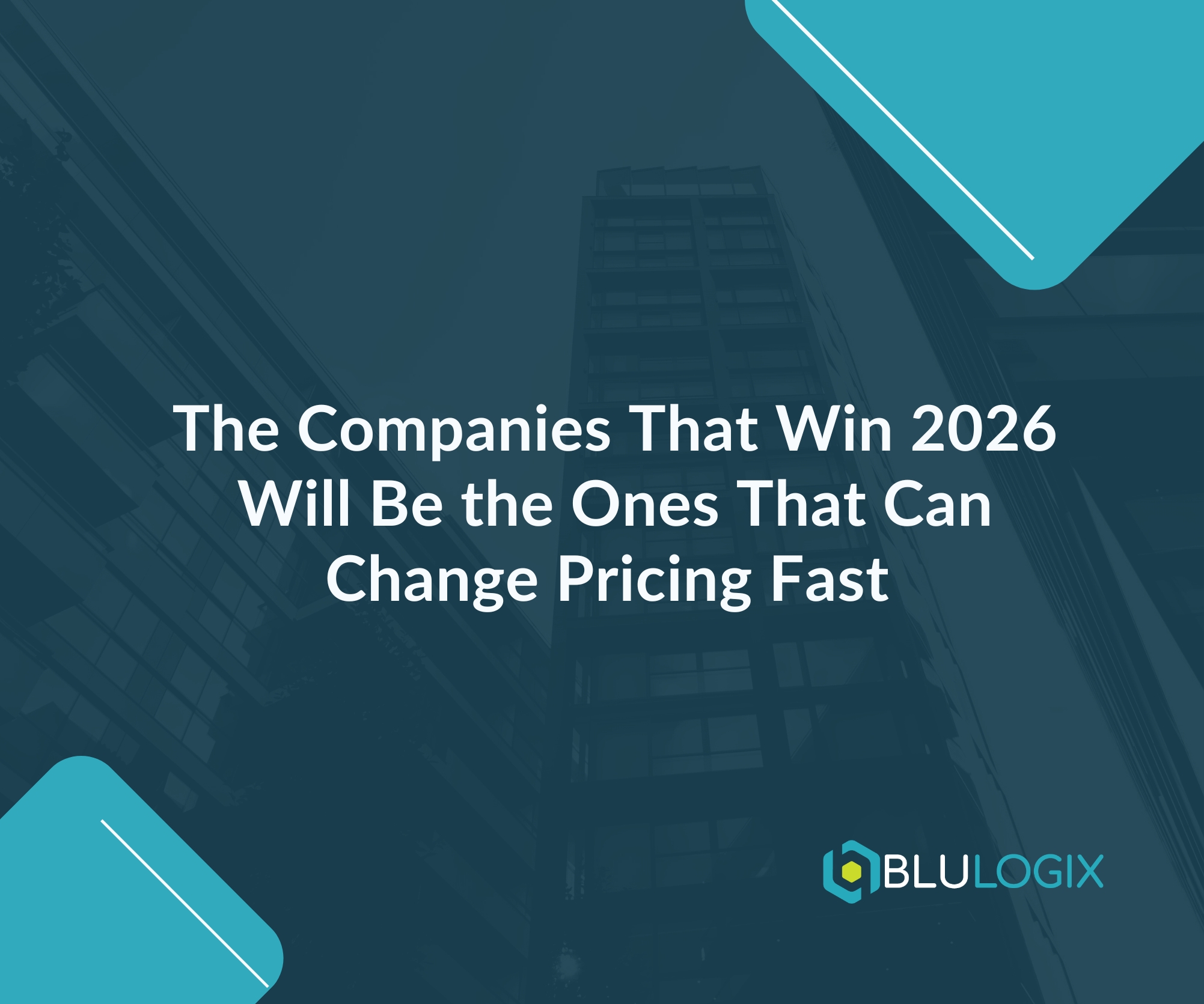See why growth companies choose BluIQ
The Ultimate in Flexibility and Scalability for Subscription Management and Billing.

BluIQ is a configurable platform that bridges the gaps between your CRM, ERP and related business processes.

Customize Your Monetization Platform Quickly and Cost-Effectively.

The Ultimate Flexibility and Scalability to Process Complex Data Staging & Mediation Scenarios with Ease

End-to-end Integration for Seamless Order Activation and Provisioning

BluLogix Chargeback & Cost Recovery for Public Sector and Enterprise Organizations

BluIQ gives you reporting, intelligence and insights in one package.

Empowering Ecommerce, Self-Management, and Seamless Renewals with Channel Support


Lessons, observations and insights for the subscription business

How BluIQ helps our customers’ subscription businesses successfully grow

The latest news and analyst reports on the Software-as-a-Service and Subscription industry

Attend an event near you to connect, learn, and gain inspiration.

The best companies in the world trust BluLogix for all of their billing needs

A collection of recorded webinars and videos on Software-as-a-Service and Subscription Management

Details on BluIQ subscription management and billing platform specifications

Subscription and Software-as-a-Service guides with actionable insights

Why Top Companies Choose BluLogix
A metric is “a quantifiable measure that is used to track and assess the status of a specific business process.” When executives seek information on company growth and health, metrics can serve as key data points, in many cases combining statistics from multiple areas of operations to get a complete picture. But with an ever-growing list of resources and tools available to businesses, it is becoming more and more difficult to discern which metrics are the most insightful and actionable for a particular business.
For the subscription economy, make no mistake: annual recurring revenue is a highly useful metric to keep tabs on. Annual recurring revenue can provide a high-level view of the health of a business, as well as the requisite information needed for accurate forecasting. In this article, we’ll define ARR, explain how to calculate ARR, and identify why subscription businesses value ARR.
What is Annual Recurring Revenue (ARR)?
Annual Recurring Revenue, or ARR, is a metric used by the subscription economy which represents the value of subscription contracts normalized to a full calendar year. Put another way, ARR is the repeat revenue a business firm can expect to receive for a subscription on an annual basis.
For example, if a client signs on for a subscription for three year’s worth of software access for $24,750 over the life of the contract, the provider’s annual recurring revenue on that account would be equal to $8,250 for each calendar year ($24,750 ÷ 3 years). The $8,250 is a predictable stream of revenue that can be relied upon each of the three years.
With this in mind, as a subscription business adds more and more clients, they can forecast growth over multiple years building on the guarantee of repeat revenue before even projecting revenue from prospective clients.
While our three-year subscription above provides an easy-to-follow example of annual recurring revenue, the reality is that the calculation often isn’t quite that simple. When calculating annual recurring revenue, there are three main variables that need to be taken into account. These include:
Note that one-time charges or non-subscription fees should not be included in the calculation of ARR as they could vary or not even exist one year to the next. One example of this would be a setup or on-boarding fee. As businesses can typically only charge a setup fee once, it would not be a recurring transaction. ARR strictly tracks fixed charges and fees as they are guaranteed at intervals over the life of the subscription.
Billing structures typically do not affect ARR so long as revenue is produced yearly. If a customer signs a contract for a three-year subscription worth $15,000, the ARR would be $5,000 regardless if it is paid in yearly, quarterly or monthly installments. The underlying principle is that the business can expect to bring in $5,000 in revenue per year as the value of the contract does not change after a contract is agreed upon, unless of course the client purchases upgrades or downgrades the subscription.
Factoring upgrades or downgrades into the equation, let us create another example from our $15,000 ARR account above. Let us say that a client plans to purchase a $1,500 upgrade in years two and three of the subscription. The ARR would then grow from $5,000 to $6,000 per year ($15,000 + 2*$1,500 = $18,000. $18,000 ÷ 3 = $6,000). On the other hand, if the same account were to downgrade service at a savings of $1,000 per year in years two and three, the ARR would then be $4,333.33 ($15,000 – 2*$1,000 = $13,000. $13,000 ÷ 3 = $4,333.33).
As we’ve previously discussed, metrics can be powerful tools for capturing, predicting, or assessing business processes or health. When it comes to annual recurring revenue, it is an especially useful metric for subscription businesses. ARR is important to subscription businesses for the following reasons:
As mentioned above, ARR is a metric used by businesses with subscription models. Companies looking to adapt their billing and capture ARR often require more than a simple change in billing structure. For businesses with complex billing, provisioning and data staging & mediation, a subscription billing solution alone is not enough.
BluLogix specializes in creating the infrastructure required by these sort of complex scenarios. We have experience helping companies in the UCaaS, Software-as-a-Service, IoT, and Cloud spaces remodel their businesses from the top down to digitally transform into a data-enriched monetization framework. If you would like to learn more about digital transformation and monetization, check out our video discussing these topics or reach out to an expert today.



| Cookie | Duration | Description |
|---|---|---|
| cookielawinfo-checbox-analytics | 11 months | This cookie is set by GDPR Cookie Consent plugin. The cookie is used to store the user consent for the cookies in the category "Analytics". |
| cookielawinfo-checbox-functional | 11 months | The cookie is set by GDPR cookie consent to record the user consent for the cookies in the category "Functional". |
| cookielawinfo-checbox-others | 11 months | This cookie is set by GDPR Cookie Consent plugin. The cookie is used to store the user consent for the cookies in the category "Other. |
| cookielawinfo-checkbox-necessary | 11 months | This cookie is set by GDPR Cookie Consent plugin. The cookies is used to store the user consent for the cookies in the category "Necessary". |
| cookielawinfo-checkbox-performance | 11 months | This cookie is set by GDPR Cookie Consent plugin. The cookie is used to store the user consent for the cookies in the category "Performance". |
| viewed_cookie_policy | 11 months | The cookie is set by the GDPR Cookie Consent plugin and is used to store whether or not user has consented to the use of cookies. It does not store any personal data. |
The Ultimate in Flexibility and Scalability for Subscription Management and Billing.
